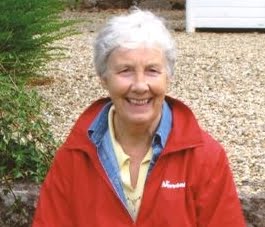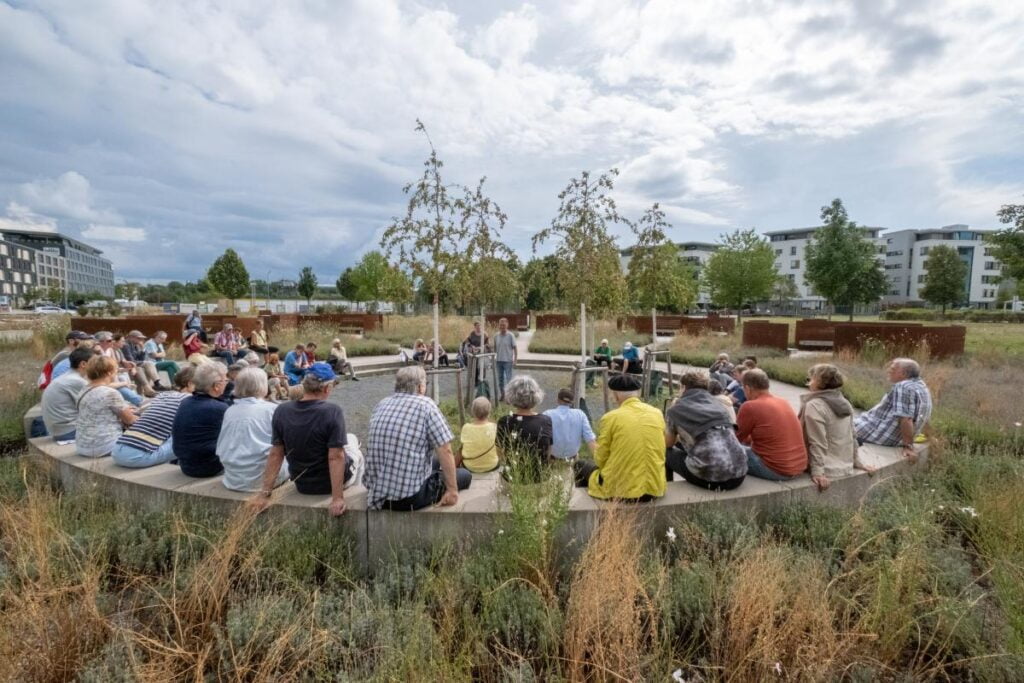Advent Reflection
A guest blog by Jenny Ramsden
For Christians, it is the season of Advent – a period of expectation and reflective preparation in which churches make themselves ready to celebrate the birth of Jesus, which many Christians would call the ‘incarnation’. The incarnation is the Christian belief that God took human form by becoming Jesus and became fully immersed in our world, with all its joys and challenges. Advent, and the incarnation, will hold different meanings to different Christians, but I particularly love this interpretation: “Advent invites us to pause amidst the bustle, to look at the challenges of our world, or our lives, full in the face; and then open ourselves to the possibility of a better, more compassionate, more equal and just world, and how that might be born in us this Christmas”.
This Advent, I am remembering my recent visit to Israel and Palestine as one of a group of Jews, Christians and Muslims participating in the CCJ Study Tour, and I’m finding myself reflecting on the quote above in light of our visit. One of the holy sites we visited was the Church of the Nativity in Bethlehem, which has been venerated for centuries by Christians of many denominations as the birthplace of Jesus. During our tour of the church, our guide, a member of the Syriac Orthodox church, recited the Lord’s prayer in Aramaic. From a personal faith perspective, hearing that prayer said in that place in the language in which Jesus would have spoken was profoundly moving.
And yet …
The overall purpose of our Study Tour was to look at the deep and complex challenges facing Israel-Palestine “full in the face”. There were times when for all of us that felt overwhelming.
Were there signs, then, of “the possibility of a better, more compassionate, more equal and just world”? Yes.
They were there in my fellow participants, who were willing to put themselves into spaces in which they felt physically and emotionally vulnerable to truly listen to a perspective they might not have had the opportunity to hear before. They were there in the inspirational teachers we met at the Hand in Hand ‘shared school’, educating Jewish and Arab, Israeli and Palestinian children together in a safe and nurturing space. They were there in the Jewish and Palestinian fathers we met, both of whom had lost teenage daughters in the conflict, and yet who had formed a deep friendship that enabled them to share with others their heartfelt desire that the conflict will end. They were there in all the Israelis and Palestinians we met who were determined to find a shared humanity that transcended any religious or political difference.
My hope, this Advent, is that all that we heard and learned, and the relationships we formed, in some small way, will bear fruit for the work that we are each called to do in our own communities – towards building that compassionate, equal, just and peaceful world.
Jenny is Inter Faith Adviser for the Bishop of Leeds. Alongside this role Jenny works as a ‘Women’s Project Coordinator’ for the Religions for Peace UK Women of Faith Network, with a particular focus on challenging gender based religious violence












 We began by reflecting on a series of illustrations of statues found in many medieval cathedrals around Europe, sometimes carved standing side by side, sometimes standing on either side of the entrance They depict
We began by reflecting on a series of illustrations of statues found in many medieval cathedrals around Europe, sometimes carved standing side by side, sometimes standing on either side of the entrance They depict 

 Jesus in the gospel challenges his host and his friends to extend their horizons and to offer hospitality to people who are not part of their cosy and select little social scene. He challenges them to move out beyond the familiar, to what is strange and unsettling and messy and foreign to them
Jesus in the gospel challenges his host and his friends to extend their horizons and to offer hospitality to people who are not part of their cosy and select little social scene. He challenges them to move out beyond the familiar, to what is strange and unsettling and messy and foreign to them
 Joseph Victor Edwin SJ
Joseph Victor Edwin SJ


